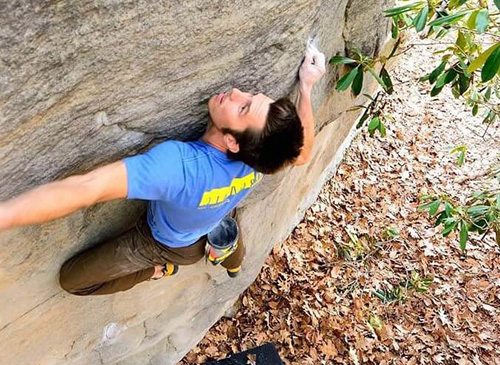Image: Larry Cheng
For the past few months, HappyValley Industry has watched as Penn State’s Huanyu “Larry” Cheng, Dorothy Quiggle Career Development Professor in the Penn State Department of Engineering Science and Mechanics, has published new discovery after new discovery pertaining to wearable devices. Most recently, Dr. Cheng and an international team of researchers have published their newly developed methods for harvesting energy from radio waves in order to power health-monitoring wearable sensors.
As Dr. Cheng explained in a release from Penn State, wearable sensors are currently powered several ways, but each method comes with its drawbacks. Solar power relies on the sun. Self-powered turboelectric devices rely on body movement. The new radio wave-powered methodology provides more reliable, consistent energy.
“We are utilizing the energy that already surrounds us — radio waves are everywhere, all the time. If we don’t use this energy found in the ambient environment, it is simply wasted. We can harvest this energy and rectify it into power.”
The researchers came up with what they call a “rectenna,” or a rectified antenna, that converts radio, or electromagnetic, waves from the ambient environment into energy that powers sensors that can track the wearer’s temperature, hydration and pulse oxygen levels. And while the system produces less energy, it produces consistent, continuous power — something the researchers are calling “a significant advantage.”
“We are utilizing the energy that already surrounds us — radio waves are everywhere, all the time,” Dr. Cheng said in a statement. “If we don’t use this energy found in the ambient environment, it is simply wasted. We can harvest this energy and rectify it into power.”
What’s next for Dr. Cheng and his team?
“Our next steps will be exploring miniaturized versions of these circuits and working on developing the stretchability of the rectifier,” he says. “This is a platform where we can easily combine and apply this technology with other modules that we have created in the past. It is easily extended or adapted for other applications, and we plan to explore those opportunities.”
The research project was supported by not only Penn State, but also the National Science Foundation and the National Heart, Lung and Blood Institute of the National Institutes of Health.






